|
|
|
Kalliopi P. Pothou, Spyros G. Voutsinas and Arthouros Zervos
National Technical University of Athens, Department of Mechanical Engineering, Fluids Section,
P.O. Box 64070, 15710 Athens, Greece
Tel: (+301) 7721096, Fax: (+301) 7721057
e-mail: aiolos@fluid.mech.ntua.gr
KEYWORDS: Noise , Tip Shapes , Wind Turbines-Towers , Airfoil Sections
2. PARAMETRIC INVESTIGATION ON NOISE PREDICTION AND CONTROL
1. OVERVIEW OF THE AEROACOUSTIC MODELLING
Noise is a major issue for wind energy in several European countries. In many cases, trustful estimations of noise emissions can play a critical role regarding the approval of projects. In addition, reliable predictions can form the basis for the control and possibly the reduction of noise. There are two major types of noise: the mechanical (usually generated by the gearbox and the drive train as a whole) and the aerodynamic noise. The present work concentrates on the second type of noise.
Acoustic waves are directly linked to pressure fluctuations. In the case of wind turbines, the flow is almost incompressible. So, it is valid to decompose the aeroacoustic problem in two parts: the aerodynamic and the acoustic. Within this context, a complete model was finalized. The flow around the wind turbine is approximated by means of an elaborate vortex method [2]. Then the acoustic problem is considered by splitting it into the low and the high-frequency parts. The low-frequency part is related to the large scale phenomena which refer to classical aeroacoustics, whereas the high-frequency part is connected to turbulence.
For the low-frequency calculations, the formulation given by Ffowcs Williams and Hawkings is followed which includes the effects of moving solid boundaries and their wakes. The associated sound sources are calculated as sources of vortex sound which are easily identified within the framework of vortex methods [1, 2]. The model was further refined to include structural and thickness effects of the blades as well as tower effects.
In terms of broadband noise, three main categories of sources are distinguished:
 Discrete low frequency noise at the blade passing frequency
and its harmonics due to: (1) steady and other ordered sources
distributed on the blades, and (2) wake interactions,
Discrete low frequency noise at the blade passing frequency
and its harmonics due to: (1) steady and other ordered sources
distributed on the blades, and (2) wake interactions,
 Self-induced noise due to: (1) direct radiation by the attached
boundary layer on the rotor blade, (2) separated flow on the blade
including tip noise (lateral separation), and (3) radiation due
to trailing edge instabilities involving quasi-discrete frequencies,
Self-induced noise due to: (1) direct radiation by the attached
boundary layer on the rotor blade, (2) separated flow on the blade
including tip noise (lateral separation), and (3) radiation due
to trailing edge instabilities involving quasi-discrete frequencies,
 Broadband noise due to interaction between the inflow turbulence
and the rotor.
Broadband noise due to interaction between the inflow turbulence
and the rotor.
The relative importance of each source depends on many factors such as the design of the turbine, the site of installation and the operating conditions. For almost all wind turbines operating under normal conditions, the most significant noise source is the self-induced noise of the blades. However, under certain conditions the noise due to inflow turbulence can become predominant.
The calculation of the self-induced noise is based on the work of Brooks, Pope and Marcolini [3] as implemented by Grosveld and Lowson [4, 5].The sound pressure levels are related for each radial position, to the local flow conditions and Strouhal number by means of semi-analytical formulae. Thus the noise radiation process for any blade section over the span becomes similar to that of an airfoil in a uniform flow. In the model, angles of attack are taken from the three-dimensional aerodynamic calculation whereas data regarding the corresponding boundary layer on the blade are obtained by means of a built-in integral numerical module. Finally, the prediction of the turbulent inflow noise is based on Lowson's analysis. A detailed description of the developed numerical tool is given in [1].
2. PARAMETRIC INVESTIGATION ON NOISE PREDICTION AND CONTROL
Aerodynamic noise depends on several design and site parameters related to the noise generating mechanisms:
From theory [1, 3, 4, 5] it is known that the noise intensity is proportional to the 4th to 6th power of the local flow velocity. Therefore, in the case of a wind turbine the stronger sources of noise are located in the tip area of each blade. Several tip geometries have been proposed and studied in the literature . In the present work comparisons are made among three blade tip geometries: the Ogee, the Shark-fin and the Reference tips (Fig.1).
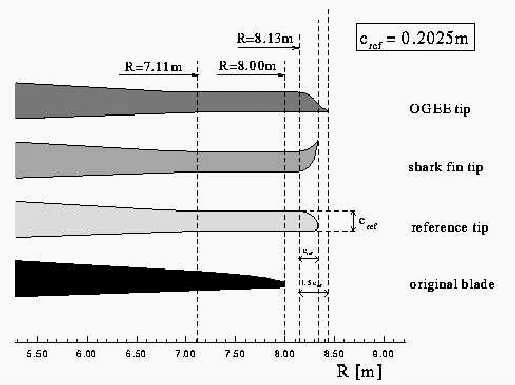
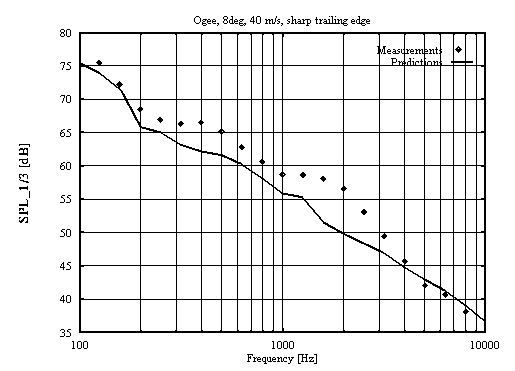
Figure 2: Ogee blade tip in wind tunnel,U_inf=40 m/s, á=8o
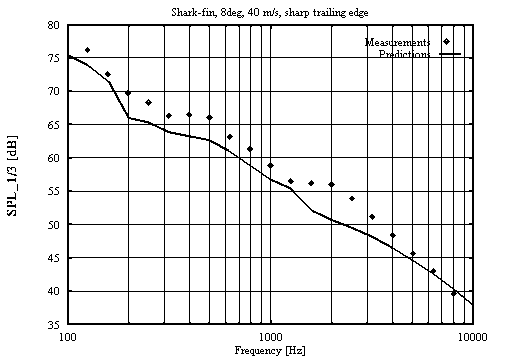
Figure 3: Shark-fin blade tip in wind tunnel,U_inf=40 m/s, á=8o
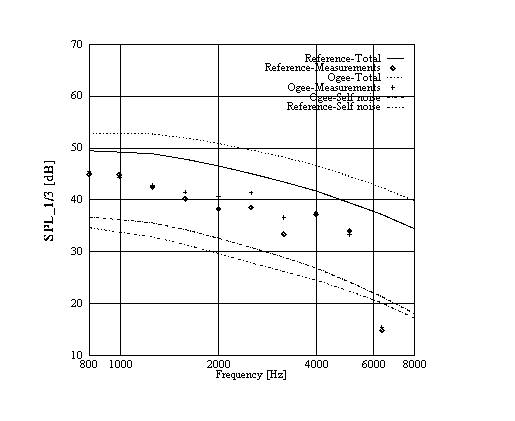
Figure 4: UNIWEX WT with Ogee and Reference tips.
The tests performed concerned the broadband noise and are subdivided into two groups:
From the first group, the results of the numerical simulation of the Ogee and Shark-fin tips in a wind tunnel are presented. The blade tips are set in an inflow velocity U_inf=40 m/s at 8o of incidence. The blades are tripped at 33% of the chord. Predictions are compared with measurements in the form of 1/3 octave band noise spectra (Fig. 2, Fig. 3). Although the spectra are similar, the Shark-fin tip gives 1-2 dB higher noise levels than the Ogee tip.
From the second group, the calculations presented concern the case where the Ogee and Reference tips are mounted on the UNIWEX wind turbine. The wind turbine was operating under 19o yaw and wind velocity U_inf=7.4 m/s. In Fig.4 the self-induced noise is compared with the total noise including the turbulent inflow noise. The measured sound pressure levels are between the self-induced and total noise predictions, possibly because of the overestimation of the turbulent inflow contribution. Both measurements and predictions show that the Reference tip is quieter than the Ogee tip.
A significant design parameter affecting the trailing edge noise is the trailing edge bluntness. The effect of this parameter was investigated during a campaign of wind tunnel tests. Results and measurements are presented in Fig.5 and Fig.6 for the Ogee blade tip set in an inflow velocity U_inf =20 m/s at 4o of incidence and for two values of trailing edge bluntness 2.5 mm and 7.5 mm respectively.
It is clearly shown that a blunt trailing edge is more noisy than a sharp edge, usually at discrete frequencies below 2000 Hz as well as that noise peak levels are higher for a bigger bluntness (almost 15 dB difference at the peak level).
The airfoils used in all previous cases belong to the FX family. It is useful to examine the noise emissions from different airfoil shapes. The other three airfoil shapes of Fig.7 were designed numerically for minimum drag [6]. The blade is set in an inflow velocity U_inf =20 m/s at 4o of incidence. The FX airfoil seems to be less noisy at frequencies above 1000 Hz but the thinner and more cambered airfoils 2 and 3 are significantly less noisy at lower frequencies (Fig. 8). This suggests that it is possible to efficiently incorporate the design of the airfoil shape to a noise control procedure.
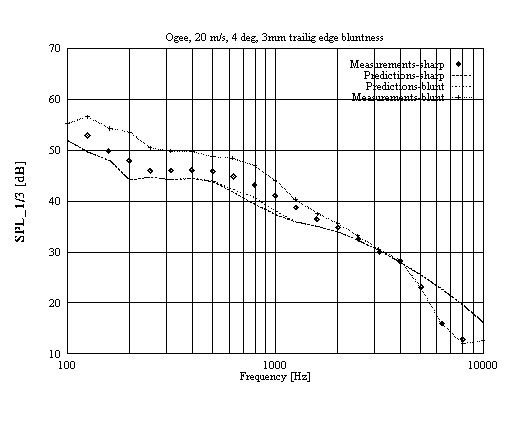
Figure 5: Ogee blade tip in wind tunnel,U_inf =20 m/s, á=4o, 2.5 mm
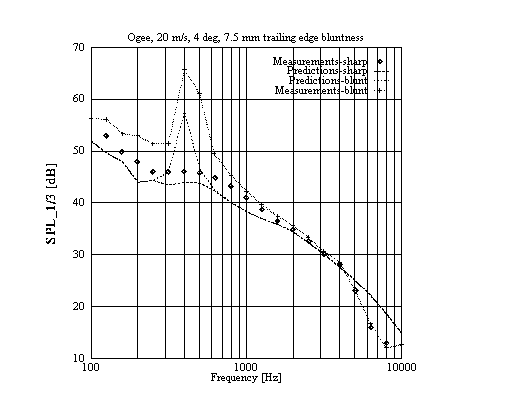
Figure 6: Ogee blade tip in wind tunnel,U_inf=20 m/s, á=4o, 7.5 mm bluntness.
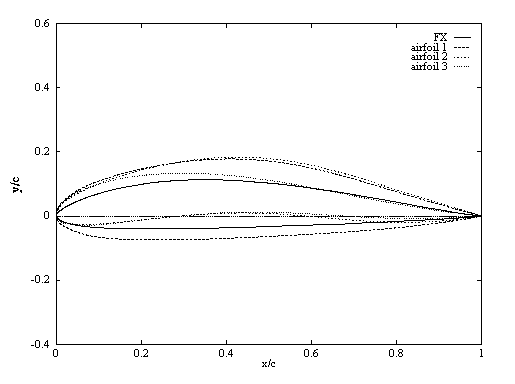
Figure 7: Airfoil shapes designed for minimum drag and airfoil from FX family.
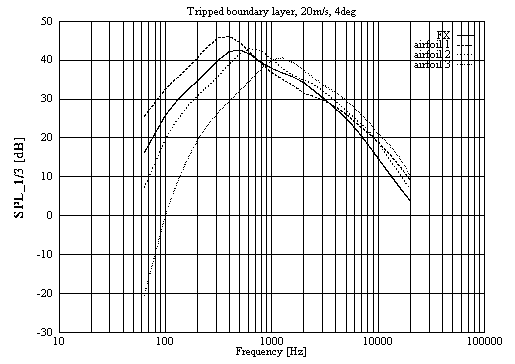
Figure 8: Comparison of noise emissions from various airfoils.
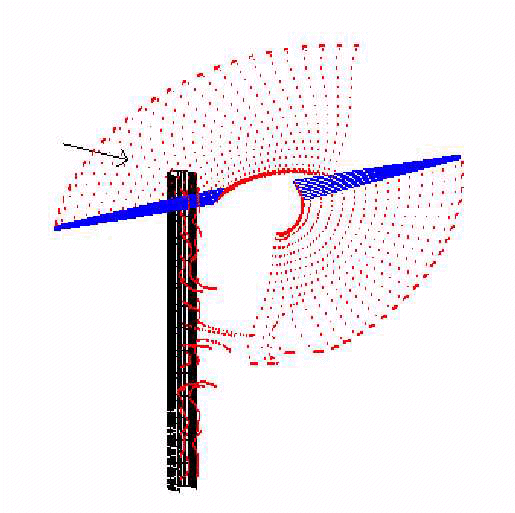
Figure 9: The modelling of an upwind wind turbine.
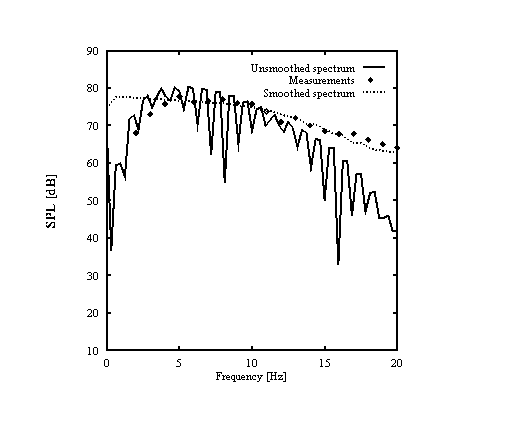
Figure 10: WTS-4, Noise emission from blade-tower interaction.
The effects of the tower and the flexibility of the blades are mainly observed at the blade passing frequency and its harmonics, i.e. up to 20 Hz for a typical wind turbine (Fig. 9). Although these frequencies are very low, they produce a periodical "thumping" that can disturb a sensible human ear.
The spectrum of low frequency noise emitted by the blade tower interaction of the WTS-4 wind turbine is shown in Fig. 10. The blade passing frequency is 1.433 Hz corresponding to the mail frequency of the peaks observed in the spectrum. In addition, the tower gives rise to the vibrations of the blades as shown in Fig. 11 for the UNIWEX wind turbine. The noise level increases and new peak frequencies appear.
The effect of the flow velocity on the sound pressure levels is very strong. In Fig. 12 the noise spectrum of the Ogee tip for U_inf=20 m/s and á=8o is presented. Comparing Fig. 2, 5 and 12 it follows that as the flow velocity and/or the angle of incidence increases the tip becomes more noisy. This is easily explained since the sound pressure levels of the broadband noise depend on the boundary layer thickness at the trailing edge as well as on the 5th power of the flow velocity.
The influence of a non-uniform or non-axial inflow velocity profile is examined for the UNIWEX wind turbine with the original blade configuration. A sheared inflow with "kink" seems to be more noisy than an exponential sheared inflow (Fig. 13). This observation could be helpful to the correct placement of wind turbines.
For large wind turbines the interaction of the atmospheric turbulence with the rotor is the dominant source of noise. This is shown in Fig. 14 giving the directivity of the broadband noise for the large upwind WTS-4 machine.
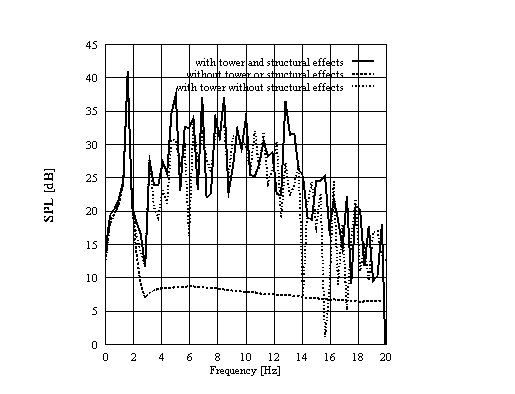
Figure 11: UNIWEX WT, Tower and structural effects.
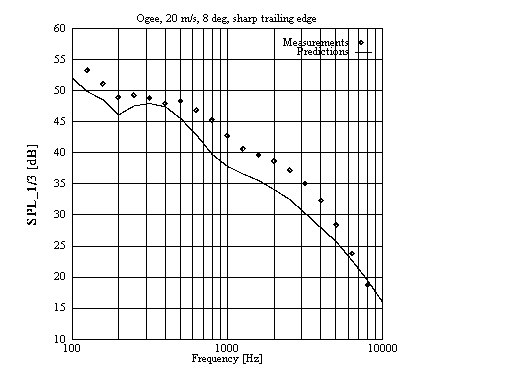
Figure 12: Ogee blade tip in wind tunnel, U_inf= 20m/s, á= 8
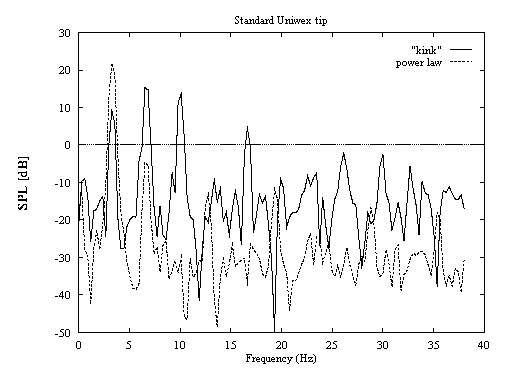
Figure 13: UNIWEX WT, Effect of sheared inflow.
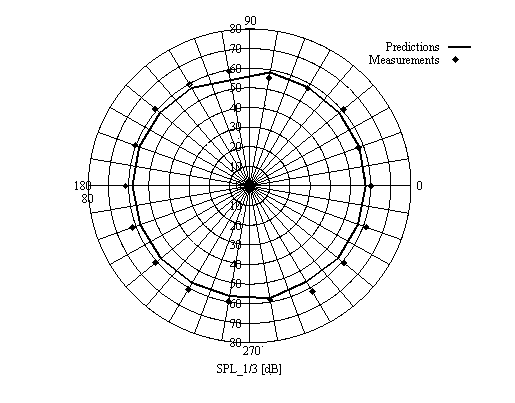
Figure 14: WTS-4, Broadband noise directivity at 400 Hz.
As regards the low-frequency noise the blade-tower interaction coupled with the structural effects is the main source of noise. Of course, the effect of a non-uniform inflow should not be disregarded.
The self-induced noise depends strongly on the airfoil shape as well as on the tip modifications. The Reference tip mounted on a wind turbine gave lower noise emissions than the Ogee tip. In the wind tunnel the Ogee tip is 1-2 dB quieter than the Shark-fin tip.
In addition, the broadband noise depends on the turbulent inflow characteristics, especially in the case of large wind turbines.
Finally, the comparison of the noise emissions from airfoils designed for minimum drag with those from an airfoil for which measurements exist, could be useful for a noise control procedure.
This work was partially financed by the EU under JOU2-CT92-0148 project.
[1] S. G. Voutsinas (Ed.), Final Technical Report JOU2-CT92-0148, (1995).
[2] S. G. Voutsinas, M. A. Belessis, K. G. Rados, Proc. AGARD (1994), CP-552.
[3] T. F. Brooks, D. S. Pope, M. A. Marcolini, NASA RP 1218 (1989).
[4] F. W. Grosveld, J. Propulsion, 1(4), (1985), 292.
[5] M. V. Lowson, ETSU/W/13/00284/REP, 1993.
[6] P. Chaviaropoulos, A. Vossinis, S. Voutsinas, EUWEC (1996),Goeteborg (1996).
|
|
|
|
|
|